13 Easy-to-Grow Herbs for Your Kitchen Garden
Growing herbs in your kitchen is a simple way to make your meals taste better. These plants do not take up much space and are easy to care for indoors. Having fresh herbs nearby can save you trips to the store. Many of them grow well in small pots on a sunny windowsill. With the right picks, your kitchen can look and smell nice all year.
This post may contain affiliate links, which helps keep this content free. Please read our disclosure for more info.
Basil
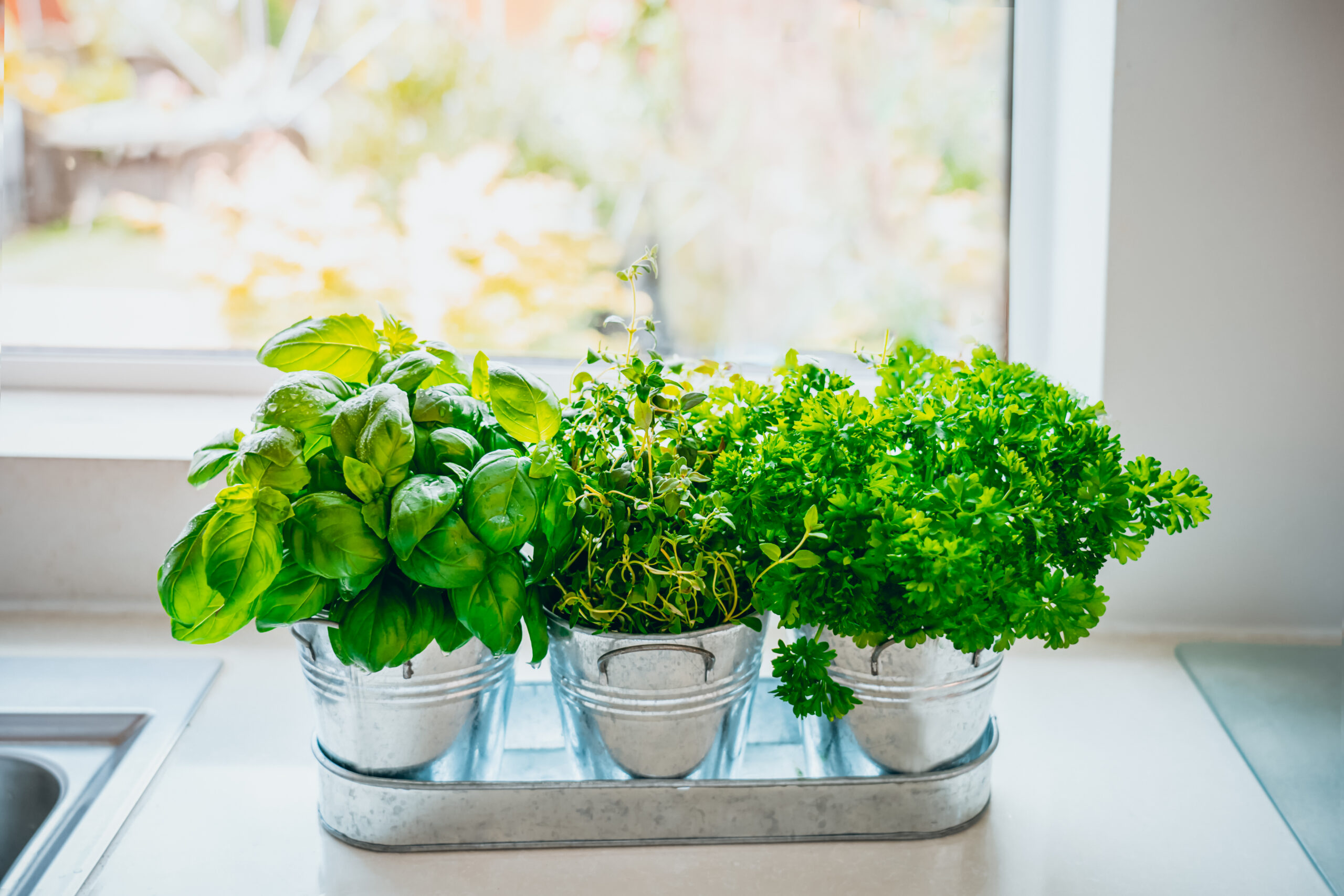
Basil is one of the most popular herbs to grow in a kitchen because it is fast-growing and perfect for adding flavor to pasta, salads, and sauces. It grows best in a warm, sunny spot and needs regular watering. You can pinch off the top leaves to help the plant stay full and bushy. This herb pairs well with tomatoes and adds a fresh scent to your kitchen.
Keep the soil moist but not soggy, and avoid watering the leaves directly. A south-facing windowsill works well since basil needs at least six hours of sunlight. If the plant starts to flower, remove the buds to keep the leaves tender. Harvest leaves often to keep the plant growing strong.
Mint
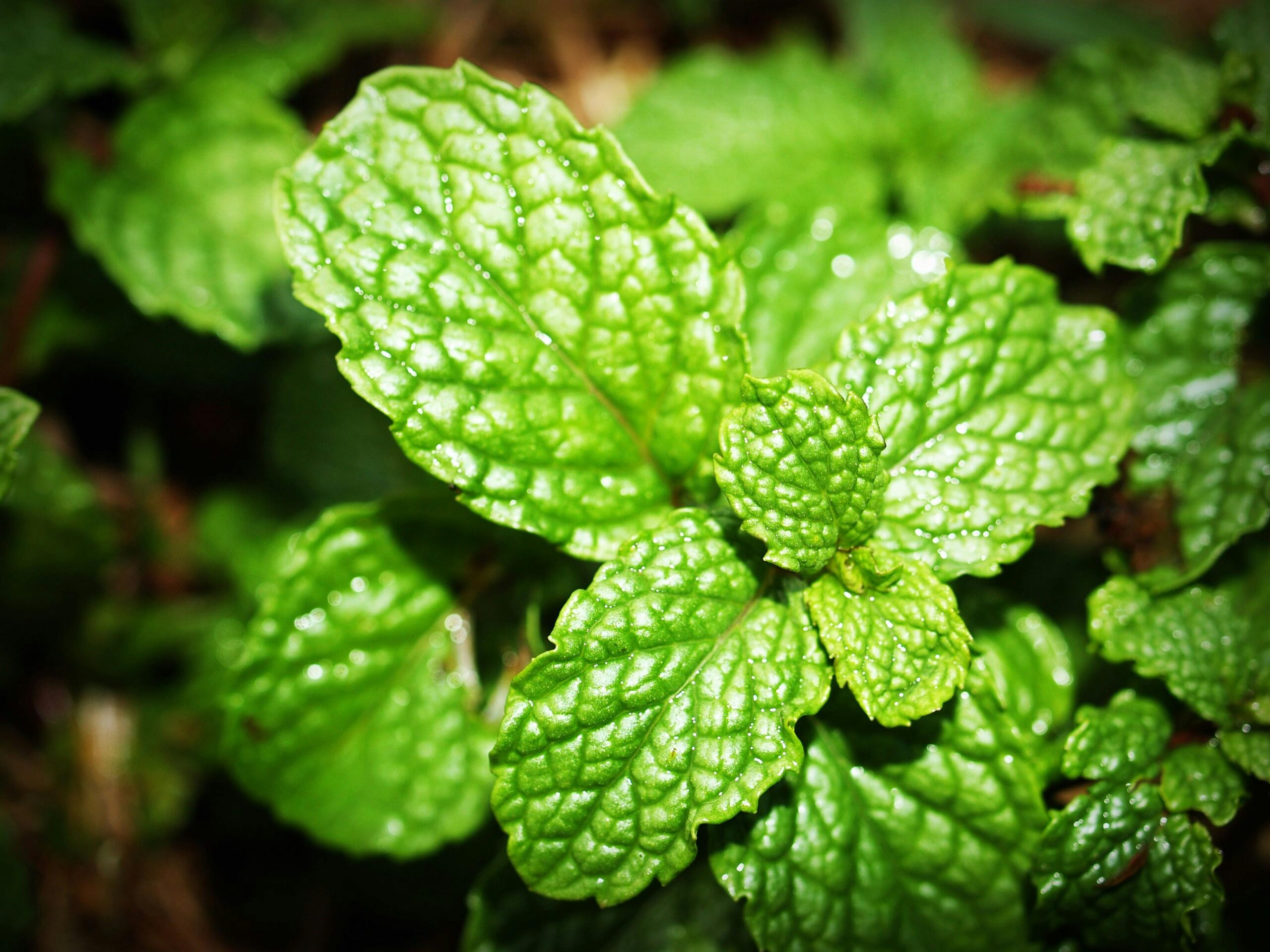
Mint is a refreshing herb that works well in teas, desserts, and even some savory dishes. It grows quickly and spreads easily, so it is best to grow it in its own pot. Mint likes indirect sunlight and moist soil. It also brings a clean smell that helps freshen up your kitchen.
Water mint regularly and trim it back when it gets too tall. You can keep it in a spot that gets morning light but avoid harsh afternoon sun. If the plant becomes leggy, cut it back to encourage more full growth. You can use the leaves fresh or dry them for later use.
Parsley
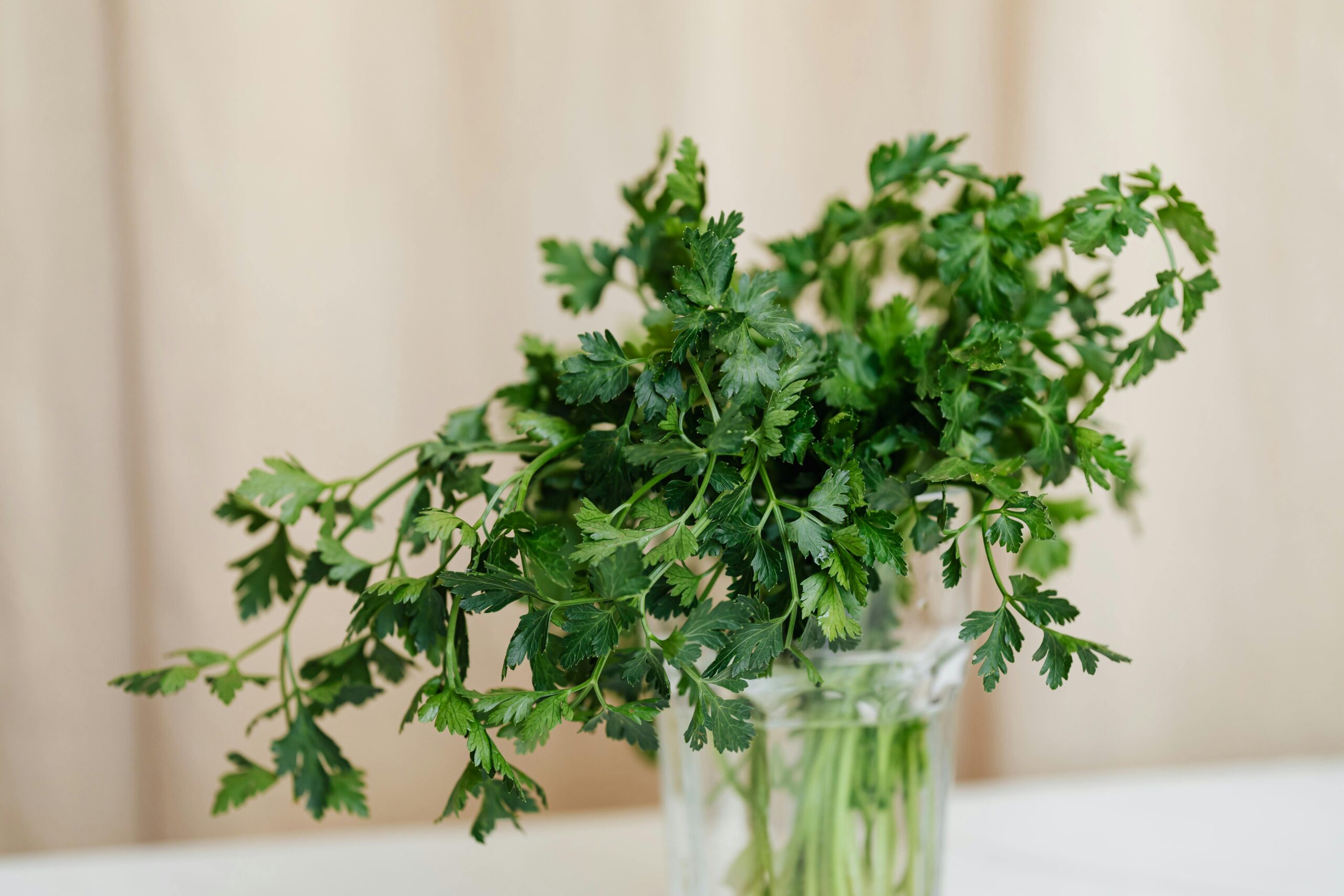
Parsley is a hardy herb that works well in soups, sauces, and as a garnish. It grows well indoors and does not need much attention. It prefers rich soil and regular watering, along with a few hours of sunlight each day. Both flat-leaf and curly parsley do well in kitchen containers.
Keep the soil damp but allow the top to dry slightly between waterings. Trim the outer stems first when harvesting to allow the plant to keep producing. Parsley grows slowly at first but becomes fuller over time. It is a great herb to keep near the stove for quick use.
Thyme
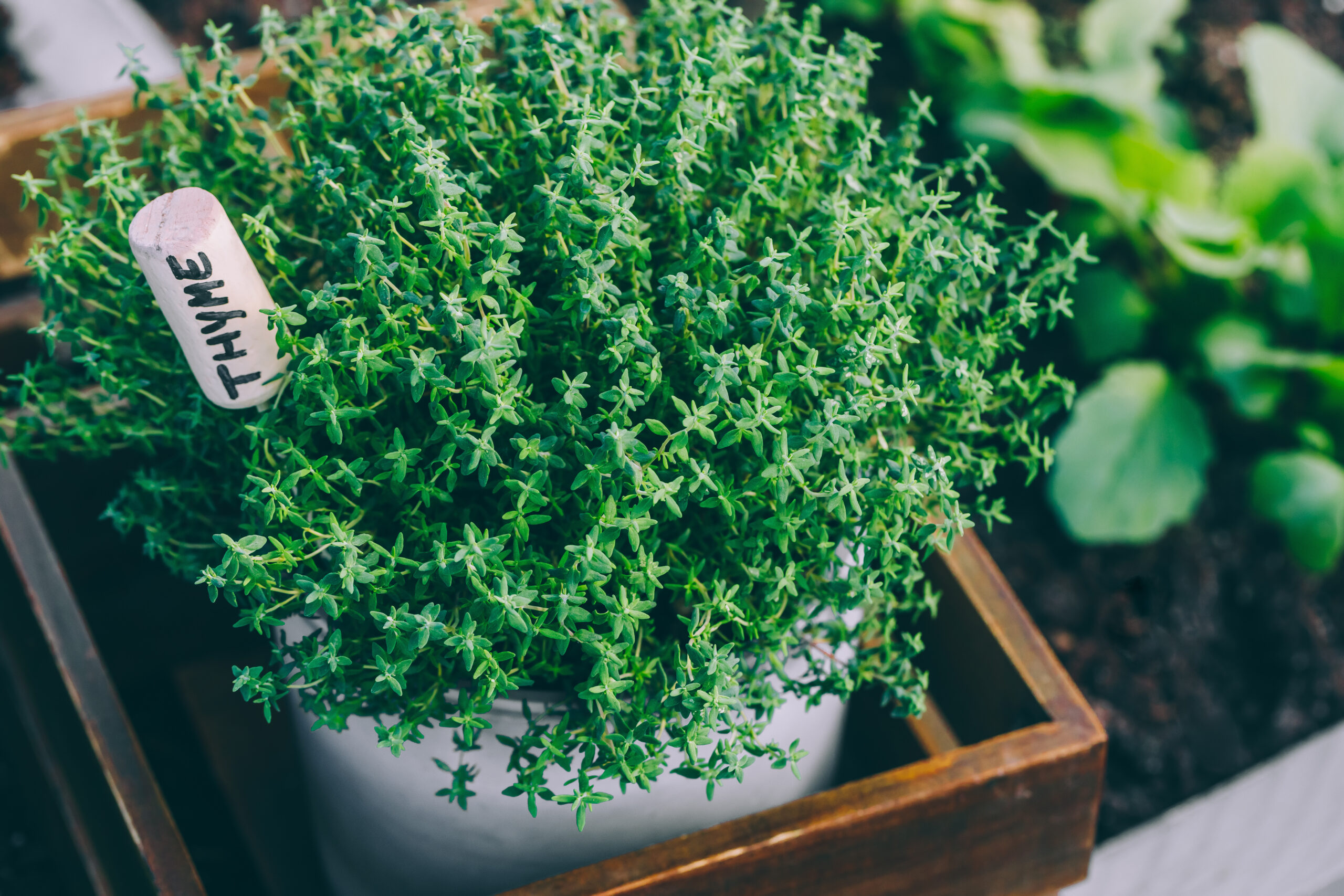
Thyme is a small-leaved herb that adds a rich, earthy flavor to roasted meats and vegetables. It loves full sun and dry soil, which makes it perfect for a sunny kitchen window. The plant stays small and compact, so it fits easily in tight spaces. It also has a pleasant smell that adds warmth to the room.
Let the soil dry out between waterings to prevent root rot. You can trim the stems and use both the leaves and flowers in cooking. Thyme does not grow quickly, but it is very low maintenance. Keep it near other sun-loving herbs for a convenient indoor herb corner.
Chives
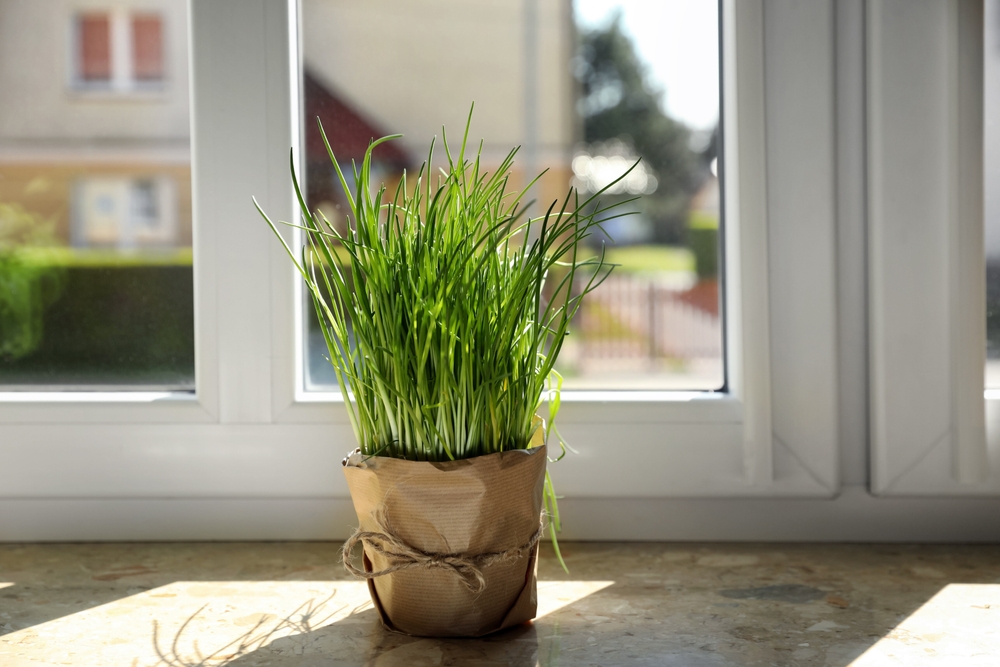
Chives have a mild onion flavor and grow well indoors with very little fuss. They are perfect for topping eggs, soups, and baked potatoes. The plant grows in bunches and does well in both small pots and larger containers. Chives like lots of light and moist soil.
Water them when the top inch of soil feels dry and place the pot in a sunny window. You can snip the green stems as needed without harming the plant. They will keep producing if you do not cut them all at once. Chives also bloom with small purple flowers that are edible too.
Oregano
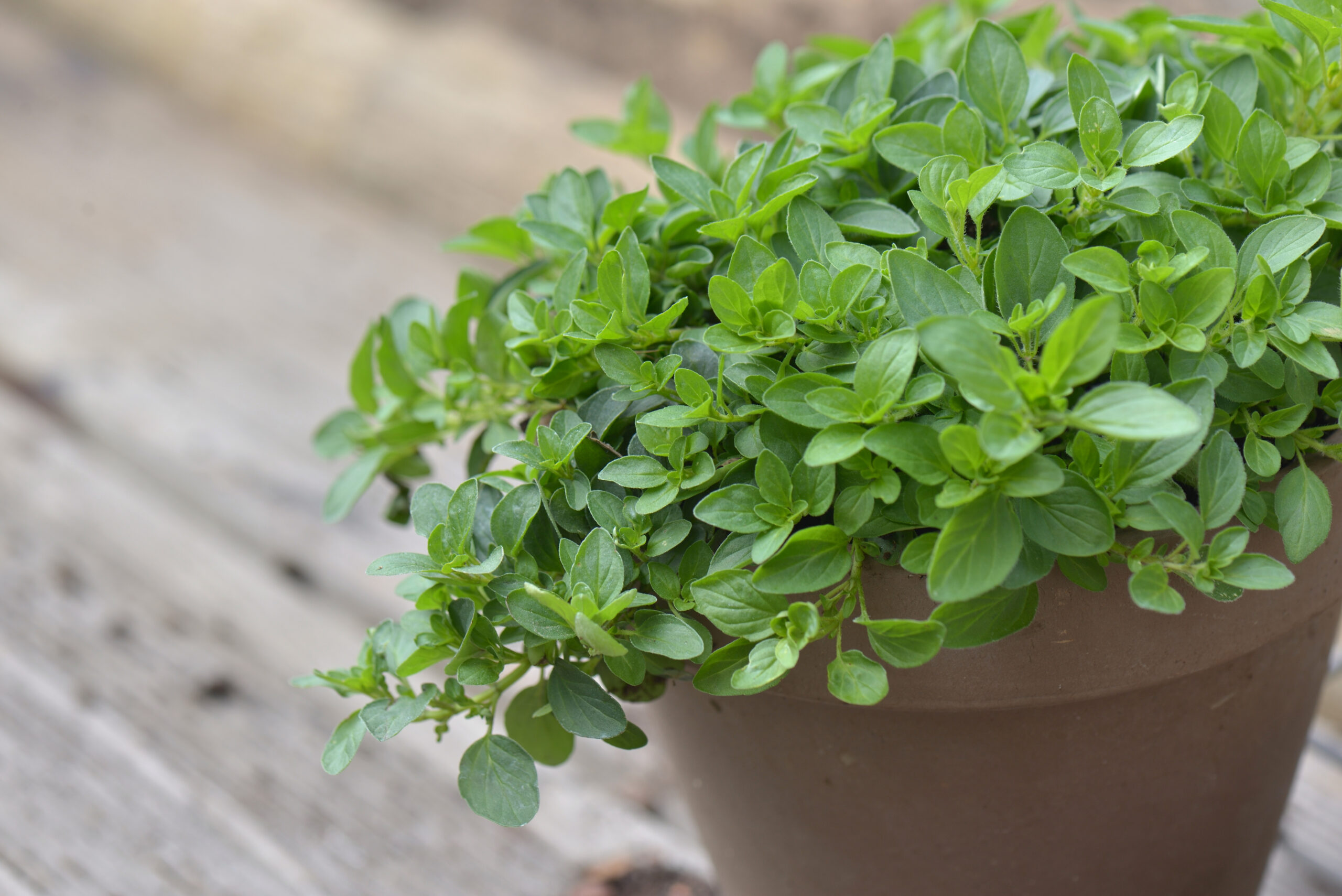
Oregano is a strong herb often used in Italian and Greek cooking. It is easy to grow indoors and does not need much water. The plant loves full sun and well-drained soil, making it a great fit for a kitchen with good light. It adds flavor to pizza, sauces, and stews.
Let the soil dry out between waterings and avoid overwatering. Trim the stems regularly to encourage new growth and prevent them from becoming woody. Oregano leaves are more flavorful when dried, but fresh leaves are great too. This plant stays compact and neat with regular care.
Rosemary
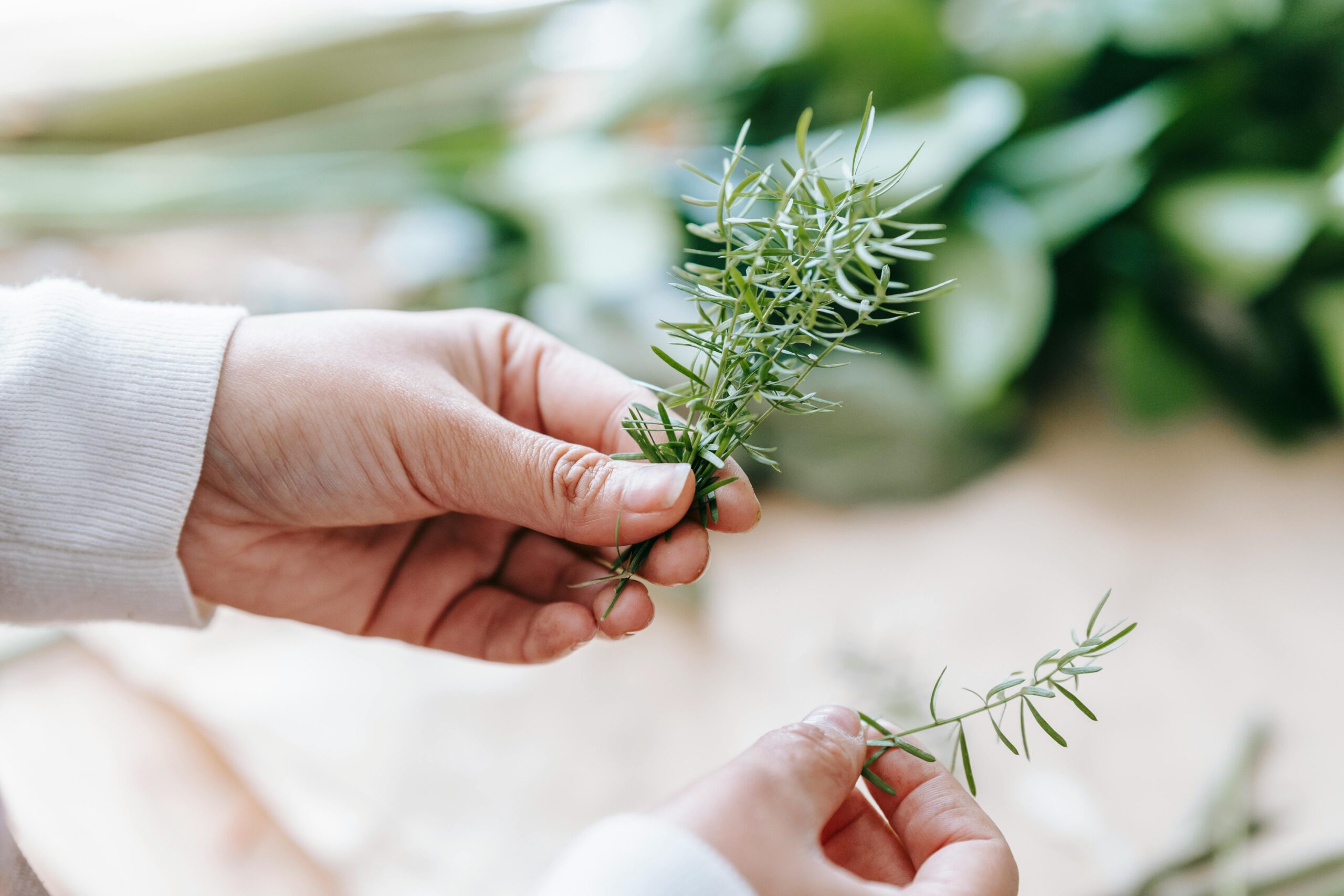
Rosemary is a woody herb that brings a pine-like smell and flavor to meats and potatoes. It grows best in bright light and dry conditions. The plant has stiff stems and needle-like leaves, making it a striking addition to your windowsill. It is also easy to clip and use right when needed.
Use a pot with drainage and let the soil dry fully between waterings. Turn the pot now and then so all sides get light. Rosemary can grow tall, so trim it back when needed. Keep it near the window for maximum sunlight.
Cilantro
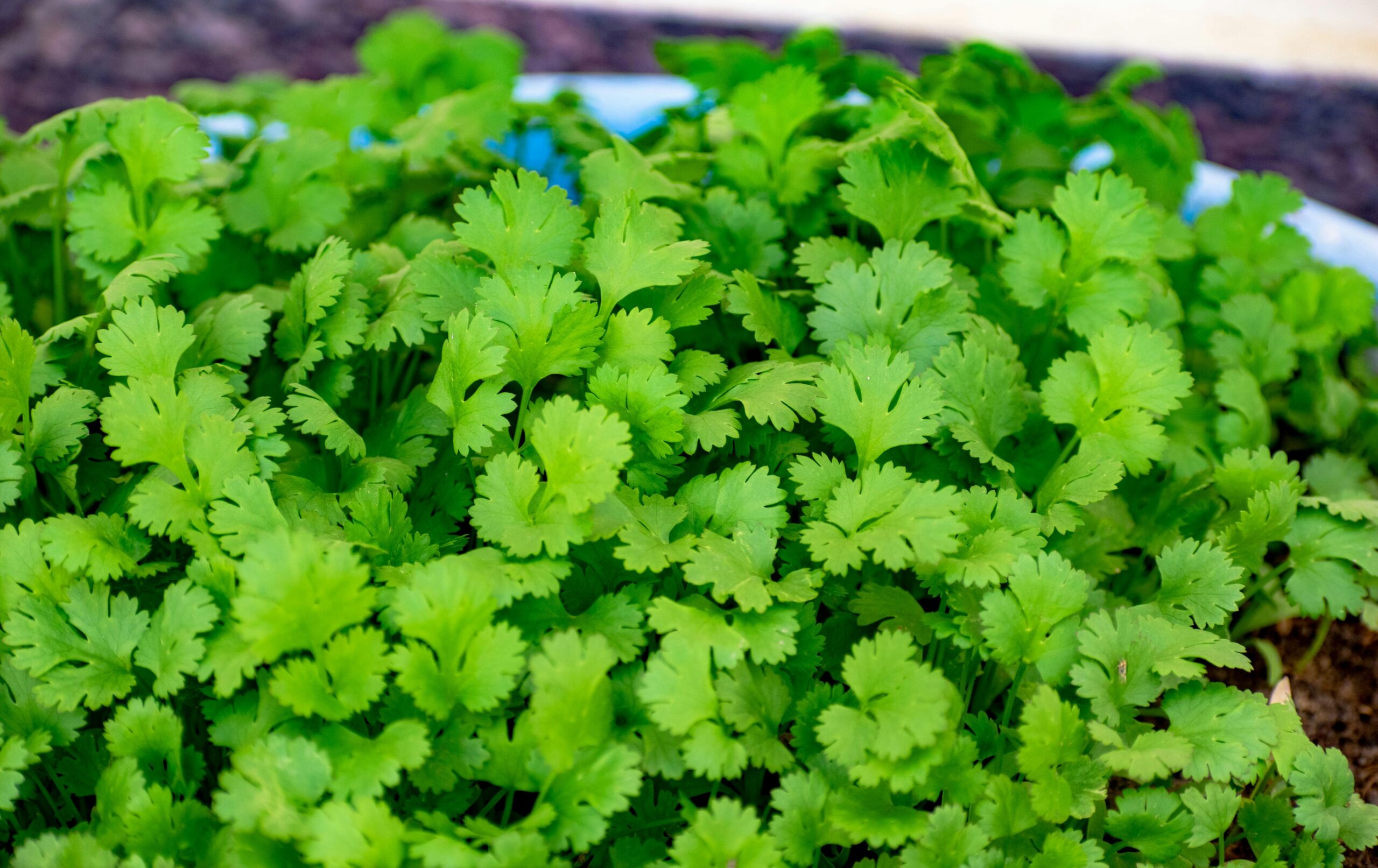
Cilantro adds a fresh, citrus-like flavor to many dishes, especially in Mexican and Asian meals. It grows quickly but has a short life cycle, so it is best to replant often. This herb likes cooler temperatures and bright light. You can harvest both the leaves and the seeds, which are called coriander.
Keep the soil evenly moist and avoid letting it dry out too much. Snip the leaves from the outside of the plant for longer use. If it starts to flower, the flavor of the leaves will change. Use the leaves often to get the most out of the plant.
Dill
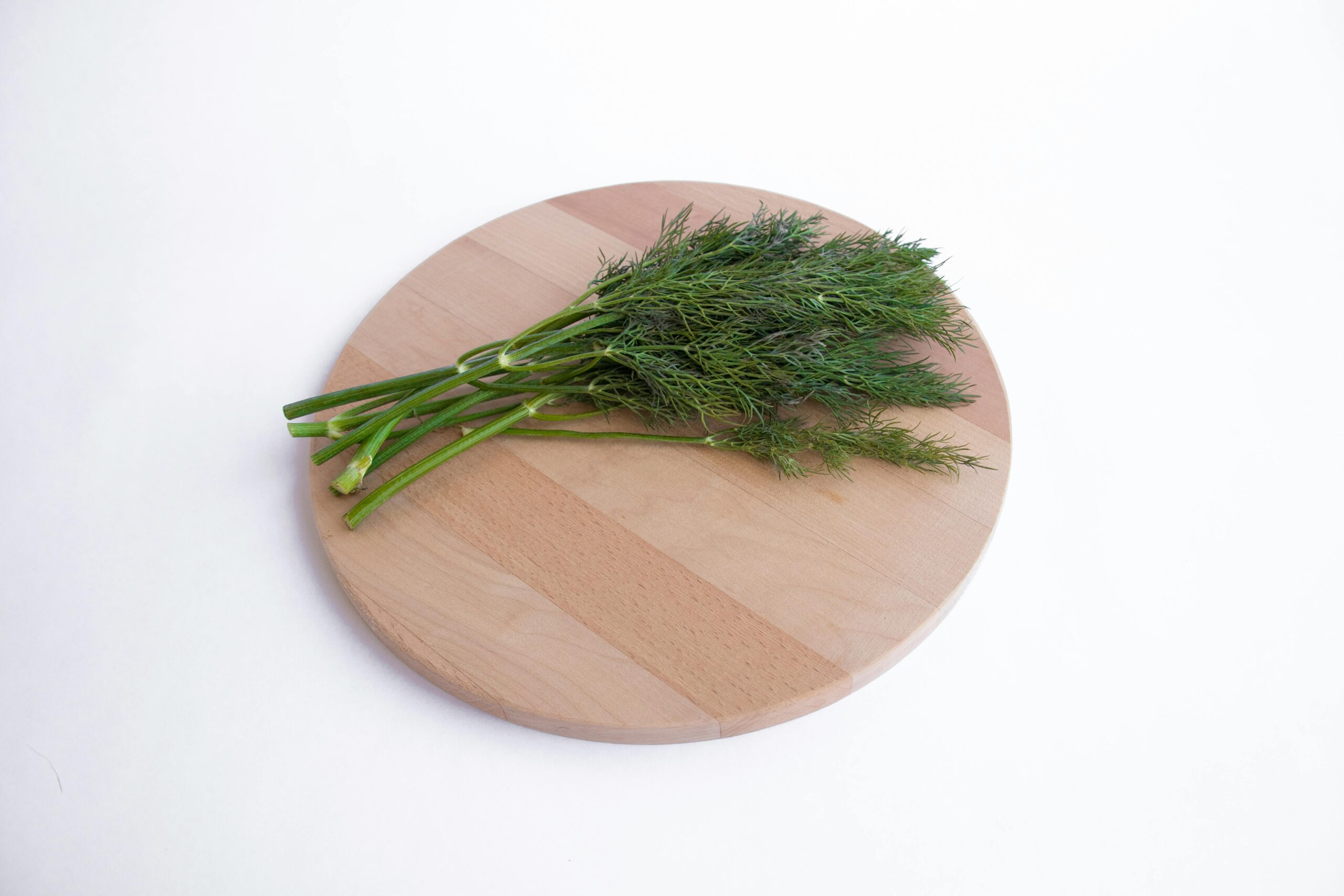
Dill brings a unique flavor to salads, pickles, and fish dishes. It grows quickly and does best with plenty of light. This herb can grow tall, so be ready to support it with a stick if needed. It has feathery leaves that look nice on a kitchen shelf.
Water it regularly and give it six hours of light each day. Dill grows best in cooler indoor temperatures. Trim often to prevent flowering and keep the plant producing leaves. It can be grown from seed with good results indoors.
Sage
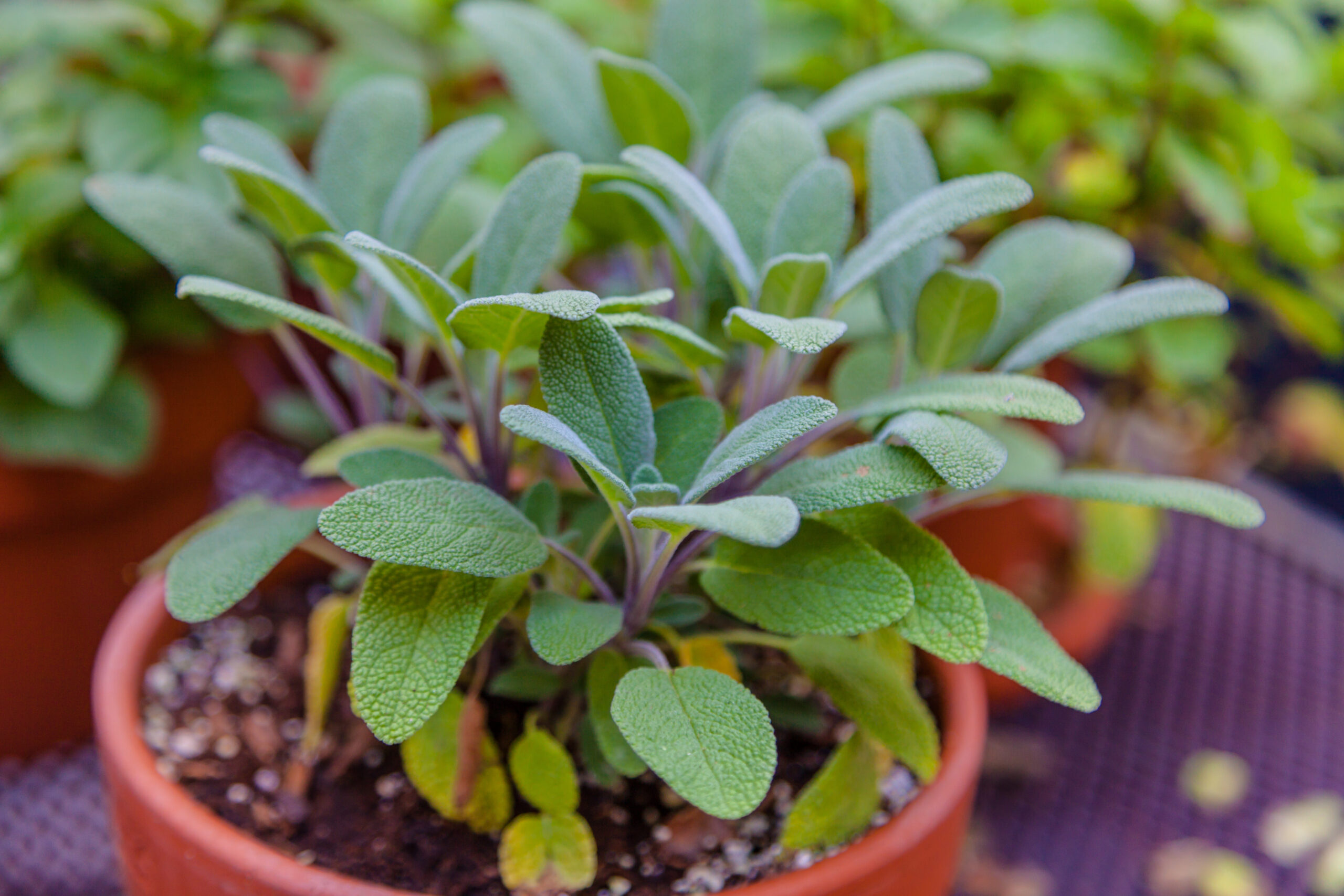
Sage has soft, gray-green leaves and adds depth to meats, stuffing, and beans. It prefers lots of light and air circulation. The leaves are slightly fuzzy and have a strong flavor, so a little goes a long way. It is easy to grow in a small pot with good drainage.
Water only when the soil feels dry to the touch. Sage does not like too much moisture, so avoid overwatering. Trim the plant lightly to keep it from becoming too woody. It can handle warm indoor temperatures without trouble.
Tarragon
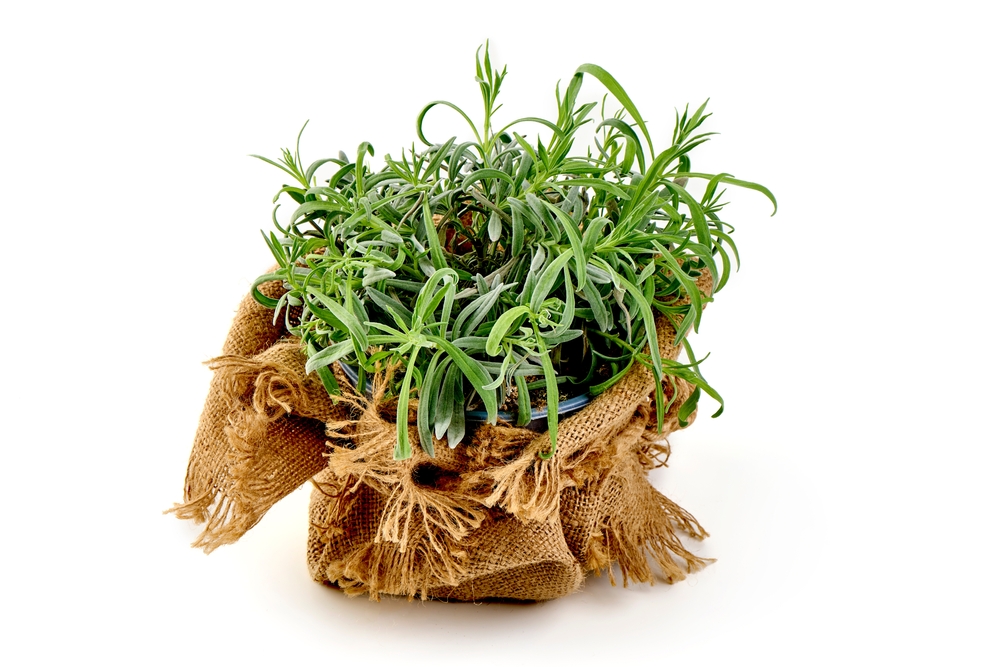
Tarragon has a light licorice-like flavor and is often used in French cooking. It is perfect for chicken, eggs, and sauces. The plant prefers full sun and well-drained soil. It grows in slender stalks and does well in kitchen containers.
Water it sparingly and keep it in a bright window. Harvest the leaves before the plant starts to flower for the best taste. Tarragon does not grow as fast as some herbs, but it does not take up much space. Regular trimming will help keep it healthy.
Bay Laurel

Bay leaves are used in soups and stews for a deep, savory flavor. The bay laurel plant can grow indoors if given plenty of sunlight. It grows slowly but is very hardy. You can use the dried leaves year-round in many dishes.
Place it in a clay pot with good drainage and let the soil dry out between waterings. Prune it to keep the plant small and full. It can grow into a small tree if left alone, so regular trimming is helpful. Keep it near a sunny spot where it can thrive.
Lemon Balm
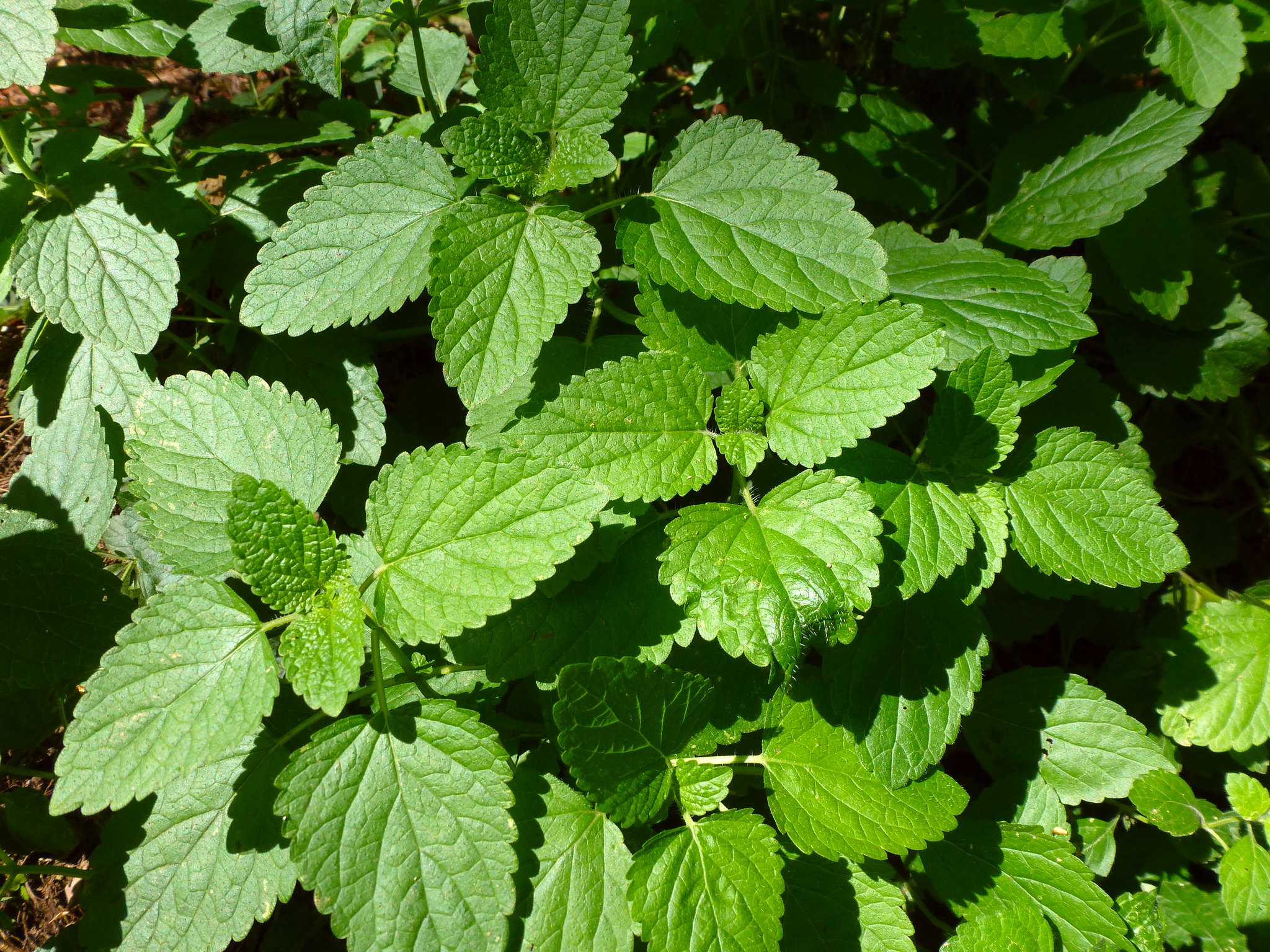
Lemon balm smells like fresh lemons and is great for teas, desserts, and calming baths. It grows quickly and is part of the mint family. This herb likes rich soil and regular watering. It adds a soft, green touch to kitchen windows.
Place it where it can get a few hours of morning sun each day. Pinch the stems back to stop it from flowering too soon. The leaves lose their flavor when dried, so use them fresh. Lemon balm is a cheerful herb to have around while cooking.
Herbs in the kitchen bring fresh flavor and a touch of green to everyday meals. They take up little space and need only basic care with light and regular watering. Even if you cook only once in a while, it is still useful to have a few fresh herbs within reach. With the right plants, your kitchen can feel more welcoming and convenient.
This article originally appeared on Avocadu.
